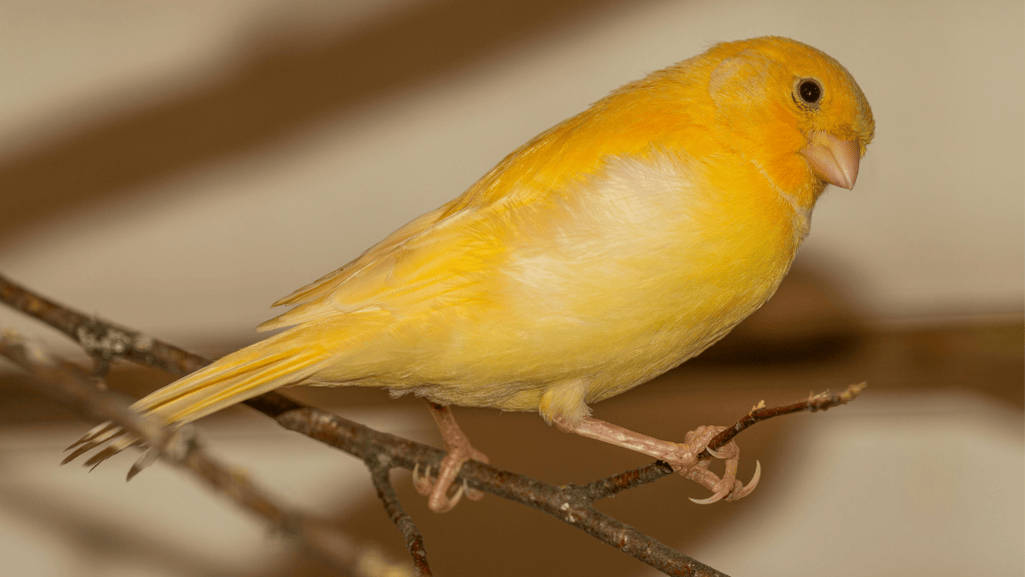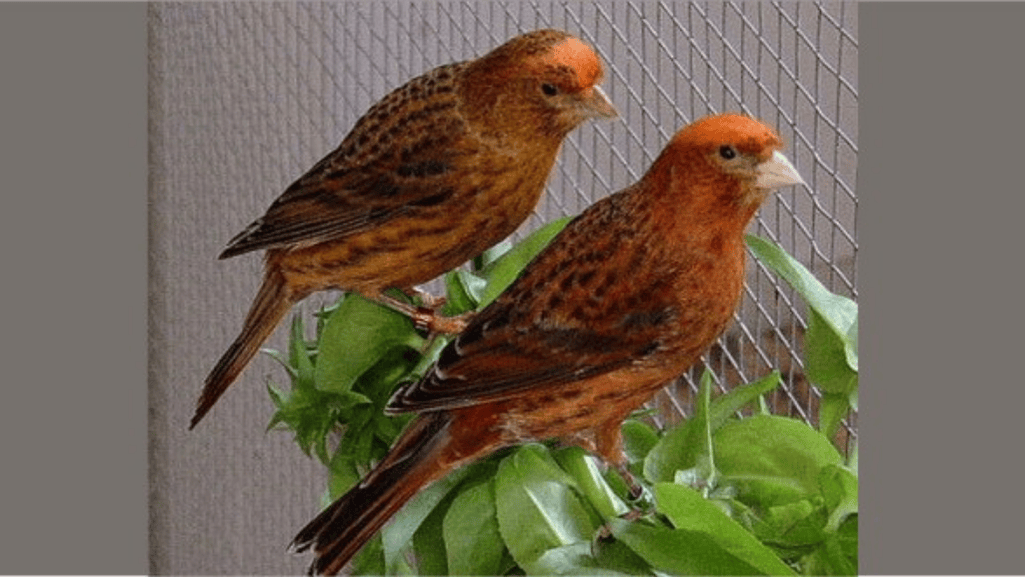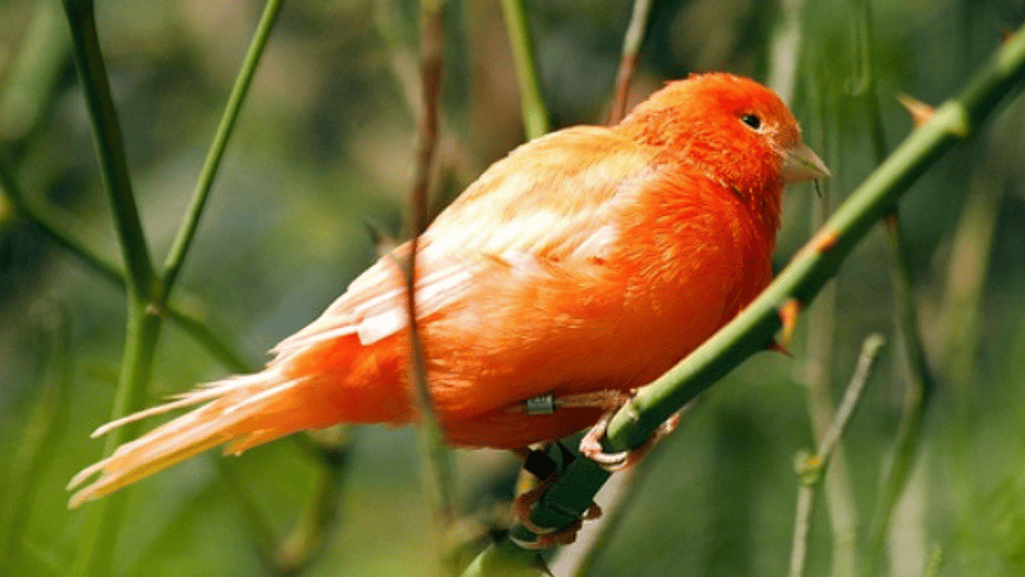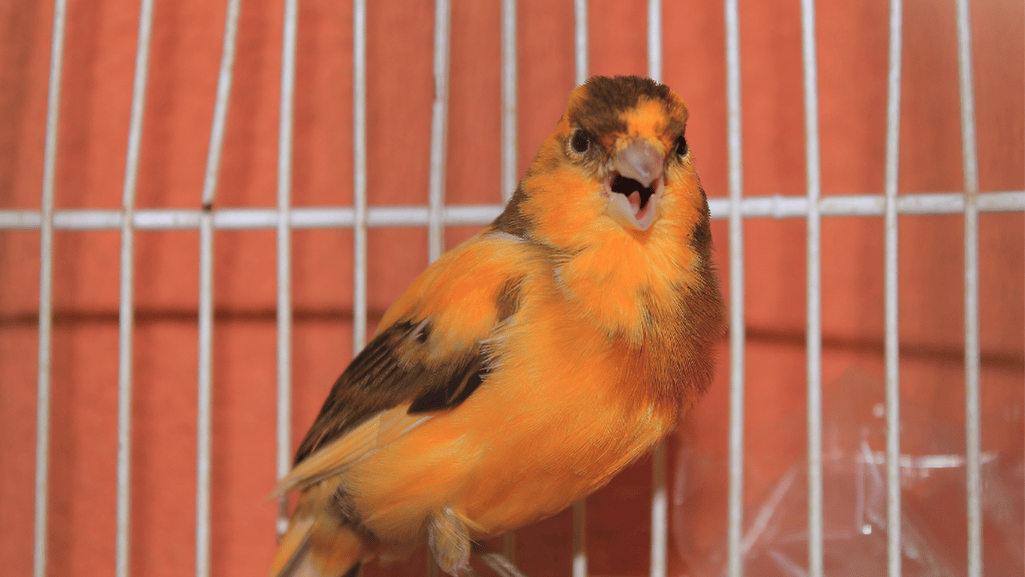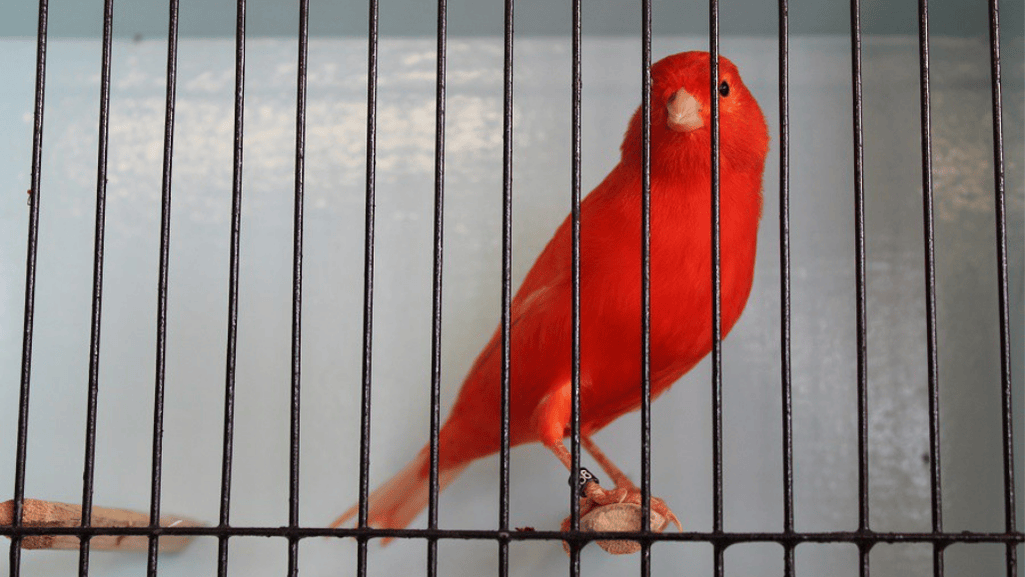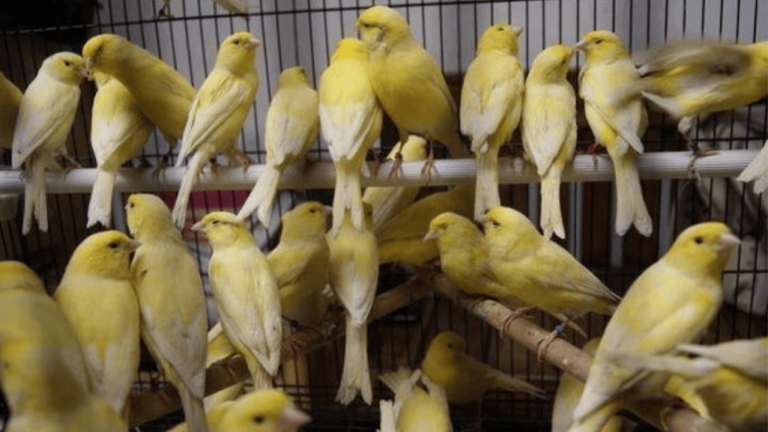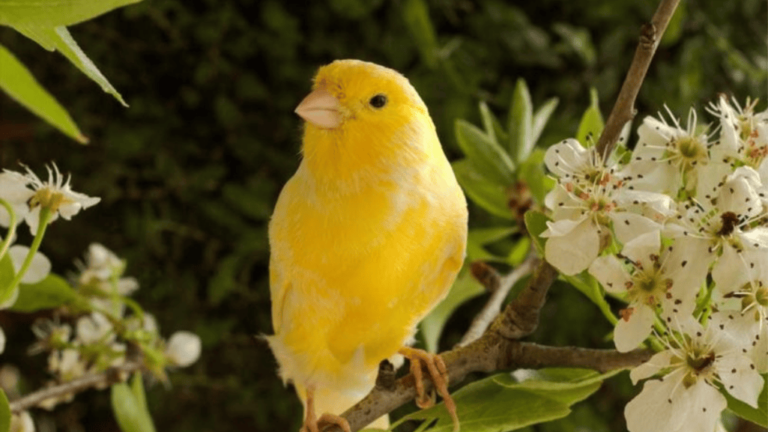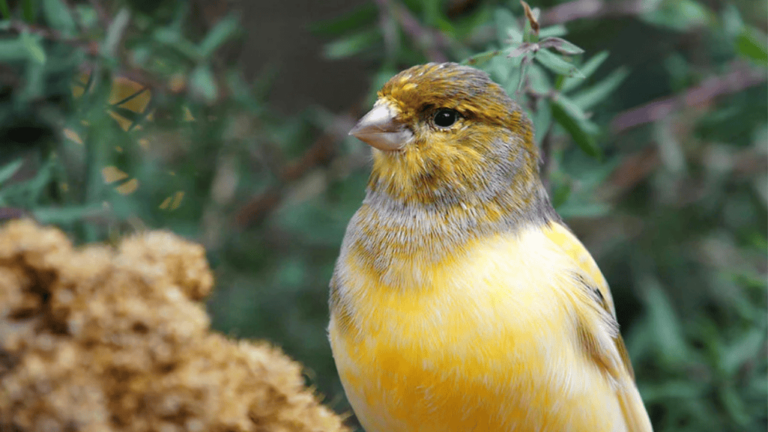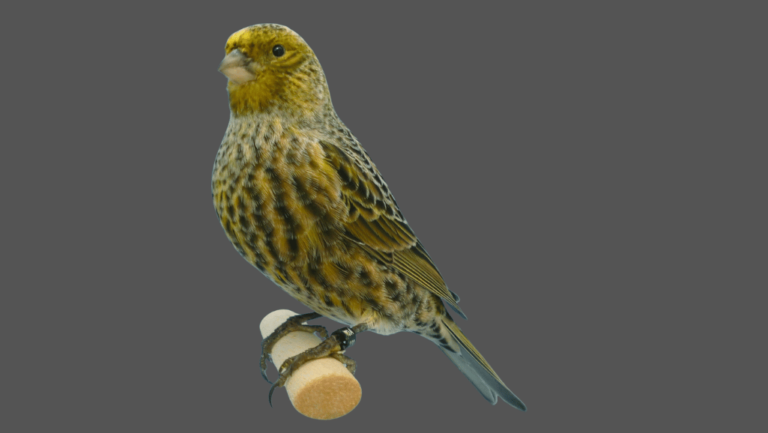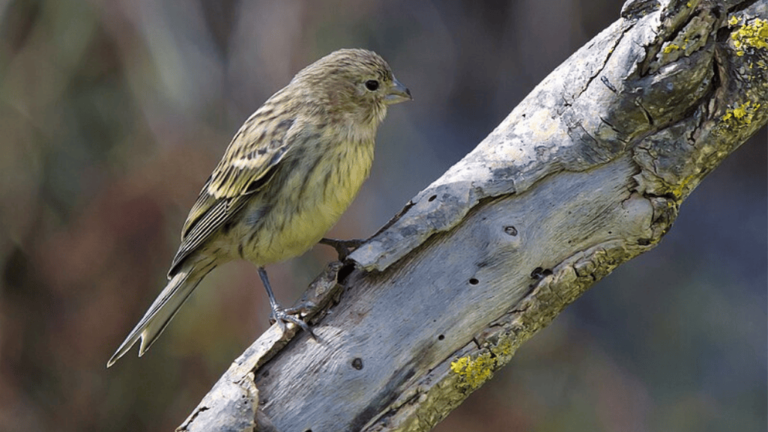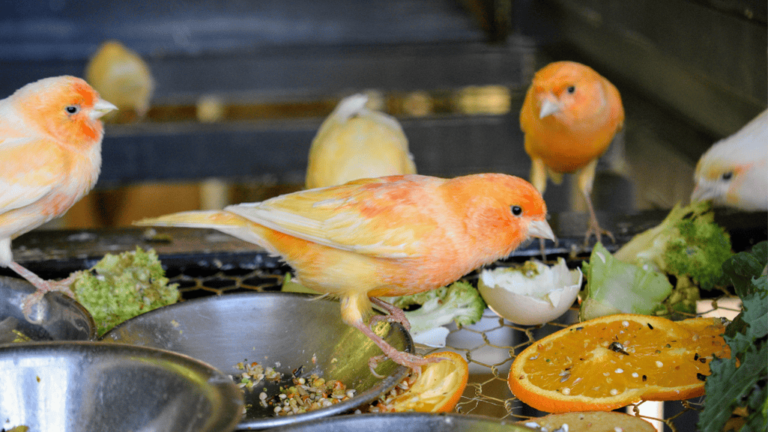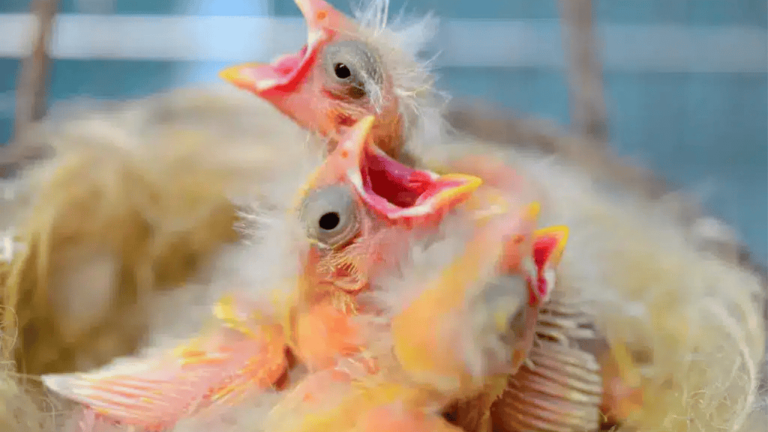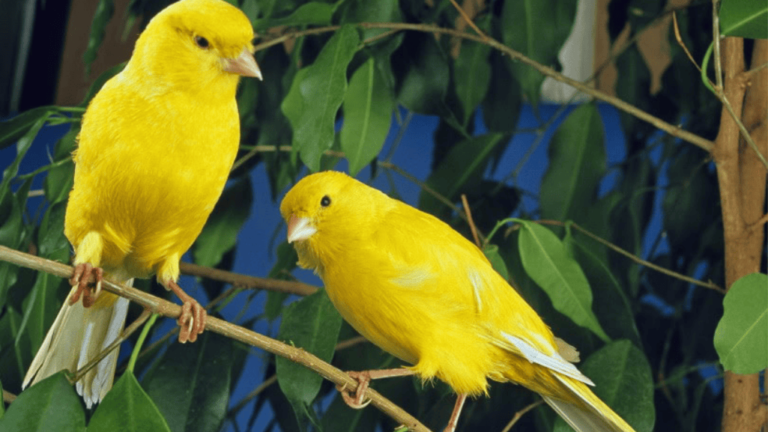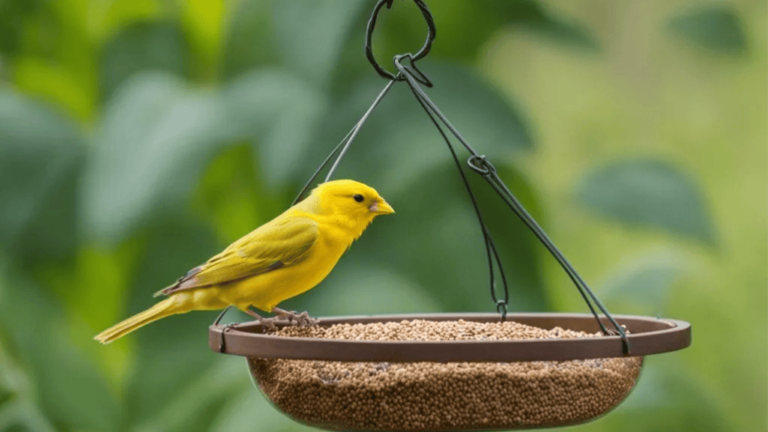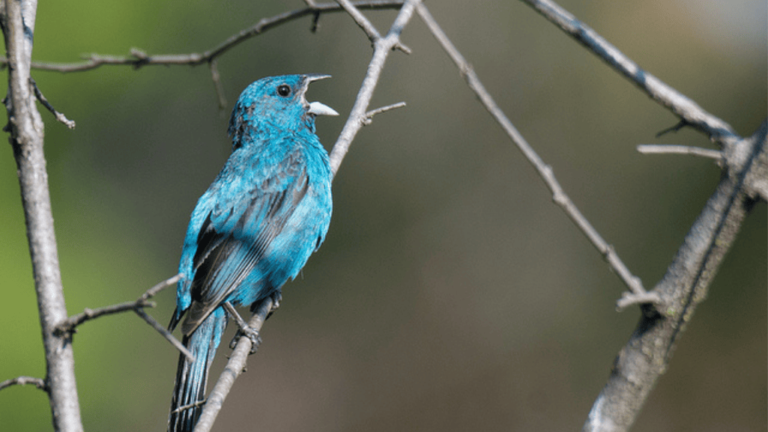Roller canary birds are perfect pets for those who love birds. They come from Germany’s Harz Mountains. Bred from the 18th to 19th centuries, they are the ultimate songbirds. Their soft songs bring peace and happiness to any home.
Roller canaries sing in a special way. They have a nearly closed beak and sing many different sounds. These small birds, about 4.5 to 5 inches long, come in many colors. They live for about 12 years, making great friends for a long time.
It’s fun to take care of roller canaries. They need a big cage or aviary and a good diet. They love seeds, fruits, and veggies. Also, they need baths and vet visits to stay healthy and sing beautifully.
Key Takeaways
- Roller canaries are beloved for their gentle nature and enchanting melodies
- Bred in Germany’s Harz Mountains, these birds have a rich history dating back to the 18th century
- Roller canaries have a unique singing style, with a nearly closed beak and an extensive repertoire
- These petite birds come in various colors and have an average lifespan of 12 years
- Proper care involves spacious housing, a balanced diet, regular baths, and veterinary check-ups
Introduction to Roller Canary Birds
Explore the captivating world of roller canary birds. They are loved for their beautiful songs and rich history. These birds win the hearts of many with their unique singing and lively nature.
Roller canaries stand out as more than just pets. Their canary singing is unique. They sing softly, even with their beaks almost shut. This makes them a favorite for those who want a peaceful and musical friend.
What Makes Roller Canaries Special
Roller canaries are special for their singing and history. They were first brought to Spain by sailors in the 15th century. Their popularity grew, and by the 16th century, they were bred and traded across Europe.
In the 19th century, their demand skyrocketed, with Harz Rollers being the most sought-after. These birds were so valuable that a single canary in Holland could cost more than a week’s wages. The most expensive were pure yellow birds.
“Queen Elizabeth I of England was an early enthusiast of canaries, having a team of royal canary keepers to assist her in the hobby.”
Brief History of Roller Canaries
The history of roller canaries starts in the Harz Mountains of Germany. In the 19th century, they were bred to become the beloved birds we know today. They became a big part of mining families’ lives, with millions sent to cities across Europe and America.
Now, there are millions of pet canaries worldwide. They are easy to breed and come in many colors and shapes. Their enchanting songs have made them a favorite among bird lovers.
Types of Roller Canary Birds
Roller canaries are a diverse group of songbirds. Each has its own singing style and characteristics. The most popular include german roller canaries, spanish timbrado canaries, american singer canaries, and russian singer canaries. These birds are highly sought after by bird lovers for their unique vocal abilities.
German Roller Canaries
German roller canaries are known for their beautiful singing. They sing softly, blending well with their surroundings. These birds close their beaks while singing, creating a melodious sound. They are highly valued for their singing and often compete in shows.
Spanish Timbrado Canaries
Spanish timbrado canaries have a loud and boisterous song. Their song includes around 12 distinct notes. These birds have a strong, clear voice that can fill a room. They are loved for their lively and energetic singing style.
American Singer Canaries
American singer canaries are a cheerful breed. They mix the genetics of german roller canaries and border canaries. These birds perform with a mix of chops and rolls, adjusting their volume. They are popular pets in the United States.
Russian Singer Canaries
Russian singer canaries share lineage with the harz breed. They are known for their mimicry skills. With training, they can learn and copy other birds’ songs. They have a soft, flute-like voice that is soothing and captivating.
There are many other canary mutations and types, each with unique characteristics and singing styles. Whether you like the soft tones of german roller canaries or the lively notes of spanish timbrado canaries, there’s a roller singer canary for everyone.
Physical Characteristics of Roller Canaries
Roller canaries are loved for their beautiful singing and bright colors. They are small songbirds that have won the hearts of many bird lovers. Let’s explore their size, lifespan, and colors.
Size and Lifespan
Roller canaries are small, measuring 4 to 8 inches long. They live a long time, up to 15 years, with the right care. This makes them great pets for many years.
Canaries need a lot of water, about 250-300 ml/kg body weight daily. Without water, they can die in 48 hours. So, it’s important to keep their water fresh always.
Plumage Colors and Variations
Roller canaries are known for their bright colors. They come in many colors and patterns, each one beautiful. You can find oranges, reds, pastels, and ivory tones among them.
Some popular colors include:
- Vibrant oranges
- Deep reds
- Soft pastels
- Ivory tones
They also have cool patterns like opaline and mosaic. Rare colors like white and albino are very special. These birds are true works of art.
“The beauty of roller canaries lies not only in their melodious voices but also in their enchanting plumage. Each bird is a unique work of art, painted by nature’s brush.”
There are over 200 canary breeds, each with its own charm. Whether you like bright reds or soft pastels, there’s a roller canary for you. They add beauty and joy to any home.
Singing Abilities of Roller Canaries
Roller canaries are known for their amazing singing. They fill rooms with joy through their songs. Their singing is unique and sets them apart from other birds.
Roller canaries have different singing styles. Each breed has its own special sound. The Harz Roller sings quietly, while the Spanish Timbrado is the loudest, with 12 distinct notes.
Factors Influencing Singing Ability
Genetics and environment affect a roller canary’s singing. Breeders focus on traits like volume and pitch. Good lighting, temperature, and social interaction also matter.
What a canary eats is key too. A balanced diet keeps their vocal cords healthy.
Training and Encouraging Singing
Training can make a canary’s singing better. Techniques like song conditioning help. A good environment and toys encourage singing.
Canaries develop their songs over time. They learn from their surroundings and tutors. This process shapes their unique singing styles.
Roller canaries bring joy with their singing. Whether you like their soft songs or the Timbrado’s wide range, they are special. With the right care, their singing will continue to delight bird lovers.
Caring for Roller Canary Birds
Proper care is key to keeping your Roller Canary healthy and happy. A good canary cage, a balanced diet, and regular vet visits are essential. These steps help your bird thrive and sing beautifully.
Housing and Cage Requirements
Housing is vital for roller canary care. They need a big cage for exercise and to avoid boredom. The cage should be at least 18″ L x 14″ W x 18″ H.
The bars should be no more than ⅜” apart to prevent escape. Use soft wood perches of different sizes to keep your canary comfortable. Keeping them alone is best to avoid fights.
Provide toys and replace them when they get worn out. Canaries also need UV light for vitamin D, which is important for their health.
Diet and Nutrition
A balanced diet is key for your Roller Canary’s health and singing. Feed a mix of high-quality pelleted food, seeds, fruits, and vegetables. Use separate dishes to prevent competition.
Some good foods for canaries include sunflower seeds, rape seeds, and linseed. Also, give them fresh veggies like broccoli and carrots. Hard-boiled eggs and mealworms are good treats. Don’t forget cuttlebones for calcium.
Take out uneaten fruits and veggies after 10 hours to avoid spoilage. Clean food dishes daily and change the water often to keep things clean.
Health and Veterinary Care
Regular vet visits are important for your roller canary’s health. Watch out for common problems like air sac mites and respiratory diseases. If your bird seems sick, like it’s tired or won’t eat, get vet help fast.
Preventive care, like deworming before breeding, helps keep your canary healthy. Clean the cage daily and change bedding and liners weekly. Use a bird-safe cleaner and let everything dry before putting your canary back in.
With proper care, roller canaries can live up to 10 years or more, providing their owners with beautiful melodies and delightful companionship.
Choosing the Right Roller Canary
When picking a roller canary, think about its health, personality, and singing. A good canary breeder or adoption center can share important info. They’ll tell you about the bird’s age, gender, and health. Make sure the canary looks lively, is active, and has clean feathers.
Roller canaries sing in special ways, and their singing varies. In the breeding season from early fall to June, they sing their best to find a mate. So, listen to its song and make sure it’s nice and clear.
- Canary health: Look for bright eyes, clean feathers, and an active bird.
- Canary temperament: Pick a bird that seems friendly and curious for a better personality.
- Singing ability: If you want a canary for its singing, listen to its voice and judge its quality.
The most common canary breed mentioned is the harlequin canary, also known as the mosaic canary, native to the Canary Islands and coming in hues of yellow, white, or grey.
Researching different breeds can also help. The American Singer Canary is known for its beautiful song and variety of colors and sizes. The German Roller canary is the smallest breed. Knowing about each breed helps you find the perfect one for you.
Breeding Roller Canaries
Breeding roller canaries is a rewarding experience that needs careful planning. It’s important to start with birds of the same strain and choose healthy ones. Putting the breeding pair in a dedicated room after their autumn molt can help a lot.
For beginners, it’s wise to start with birds from a reputable strain but not top-level ones. Buying young hens and older cocks can lead to good results. People in cities with Roller Canary Clubs, like London and Manchester, can get valuable advice.
It’s key to talk clearly with sellers about your breeding goals and budget. To stay safe, use a deposit system through a trusted person, like the Editor of “Cage Birds.” Experienced breeders can pick birds with the best singing voices, improving breeding chances.
Raising and Training Young Canaries
After canary chicks hatch, they need to be fed often and cared for until they wean. Hand-feeding helps bond with them and watch their growth. As they grow, training is key to improve their singing.
Roller canaries have a long history, starting in 17th-century Germany. Today, patient breeders are vital in keeping these birds alive. A good diet and early training are essential for their health and success.
Roller Canaries in Competitions and Shows
Roller canaries are loved for their amazing singing. They are stars in canary competitions and shows. These events bring together the world’s best roller canaries, showing off their singing and looks.
The roller fancy holds singing contests until February each year. The final show in Britain picks the best roller bird. To get ready, roller canaries get special training and grooming.
Judging Criteria for Singing Competitions
In singing competitions, judges look at several things. For example, American Singer Canaries are judged on a 100-point scale. 70 points are for their song, and 30 points for how they look and feel.
Their song is judged over 20 minutes, split into two 10-minute parts. Judges check for variety and originality in the first part. In the second part, they look at volume, tone, and how well the bird performs.
For the remaining 30 points, judges look at the bird’s appearance, activity, and health. Older breeds like Timbrados and Rollers have stricter judging standards. American Singer Canaries are valued for their unique songs.
Preparing Roller Canaries for Shows
To get roller canaries ready for shows, owners need to manage their diet and training. During contests, they eat mainly sweet rape seed and canary seed. They also get limited daylight to keep them from breeding.
After contests, birds get more light, freedom, and food to recover and get ready for breeding.
Good grooming is key for roller canaries in shows. They need regular baths, nail trims, and feather care to look their best.
With the right care and training, roller canaries can excel in competitions. They show off their amazing singing and beauty, making them beloved pets.
Conclusion
Roller canary birds are truly special singing pets. They offer beautiful melodies, charming personalities, and easy care. These birds have won the hearts of many bird lovers for years.
By knowing the different types of roller canaries, like the German Roller and American Singer, you can find the perfect bird for you. Choosing the right pet bird is key for a happy and rewarding experience.
Roller canaries are famous for their unique singing styles. These styles were developed through careful breeding and training. The discovery of a canary mimicking a nightingale’s song by Hans Duncker in 1921 led to the red canary. Karl Reich’s ‘schoolmaster’ method helped train canaries to mimic nightingale notes.
Today, roller canary fans keep working on these techniques. They make sure each song is a joy to listen to.
Roller canaries need proper care to stay healthy and happy. A good home, balanced diet, and vet visits are important. Knowing what each type of roller canary needs can make their companionship even better.
With love and care, roller canary owners can enjoy their birds’ beauty and songs for years. These birds are a wonder of nature and a symbol of the bond between humans and animals.
As we cherish these birds, we keep the tradition of canary breeding alive. We also celebrate the joy they bring to our lives. Whether you’re new to canary ownership or a seasoned fan, roller canaries offer a journey filled with music and happiness.


